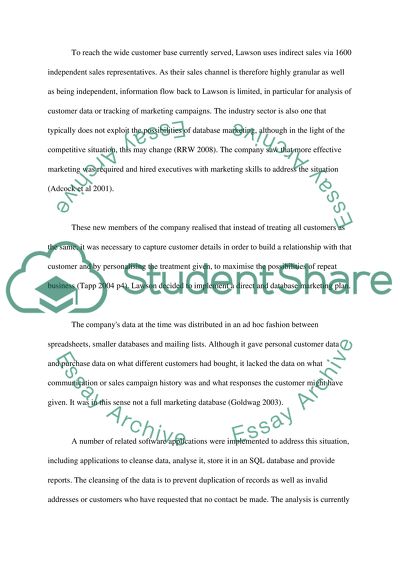Cite this document
(Sales and Marketing Background of Lawson Term Paper, n.d.)
Sales and Marketing Background of Lawson Term Paper. Retrieved from https://studentshare.org/marketing/1513312-direct-and-database-marketing
Sales and Marketing Background of Lawson Term Paper. Retrieved from https://studentshare.org/marketing/1513312-direct-and-database-marketing
(Sales and Marketing Background of Lawson Term Paper)
Sales and Marketing Background of Lawson Term Paper. https://studentshare.org/marketing/1513312-direct-and-database-marketing.
Sales and Marketing Background of Lawson Term Paper. https://studentshare.org/marketing/1513312-direct-and-database-marketing.
“Sales and Marketing Background of Lawson Term Paper”, n.d. https://studentshare.org/marketing/1513312-direct-and-database-marketing.


